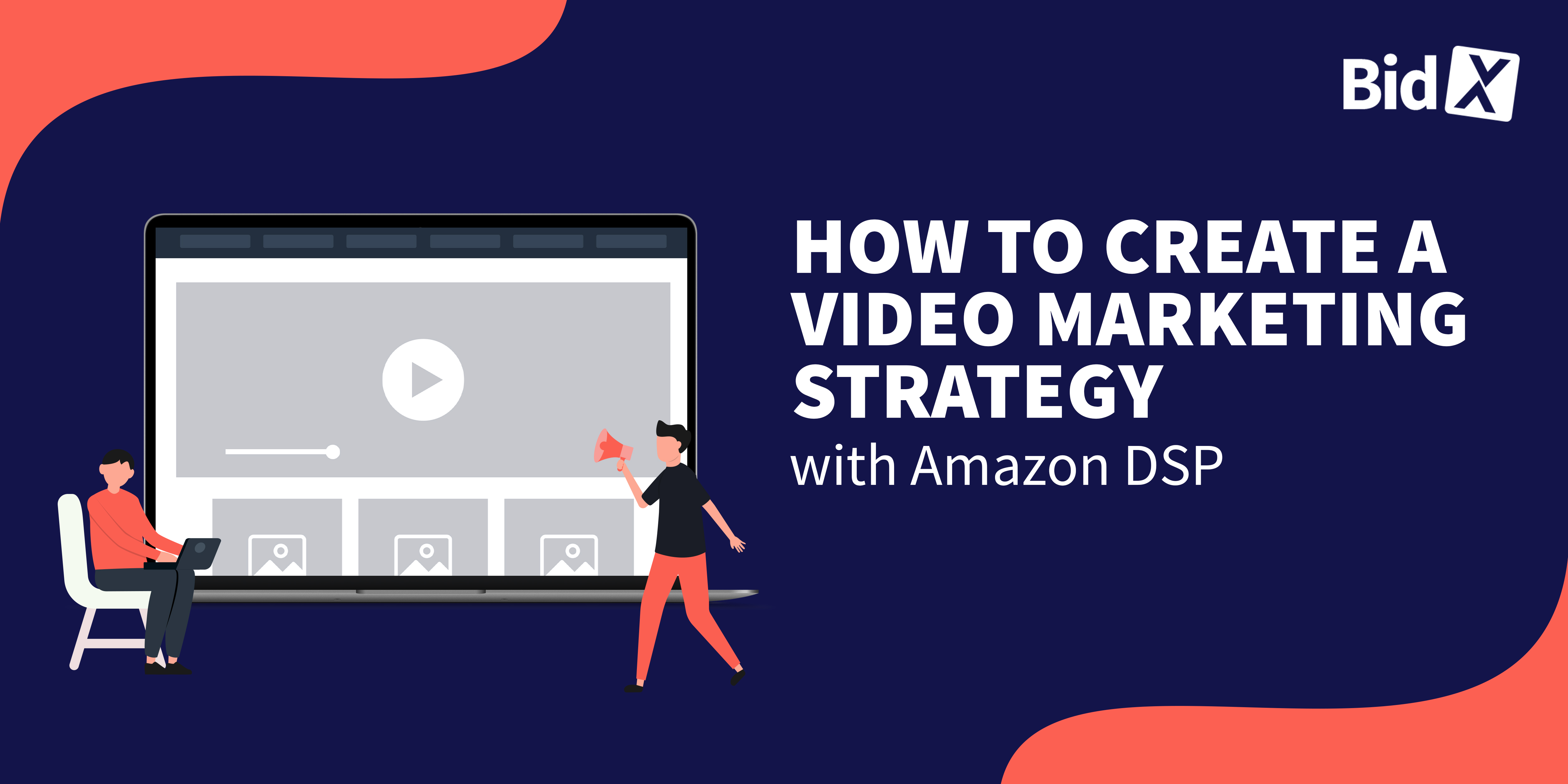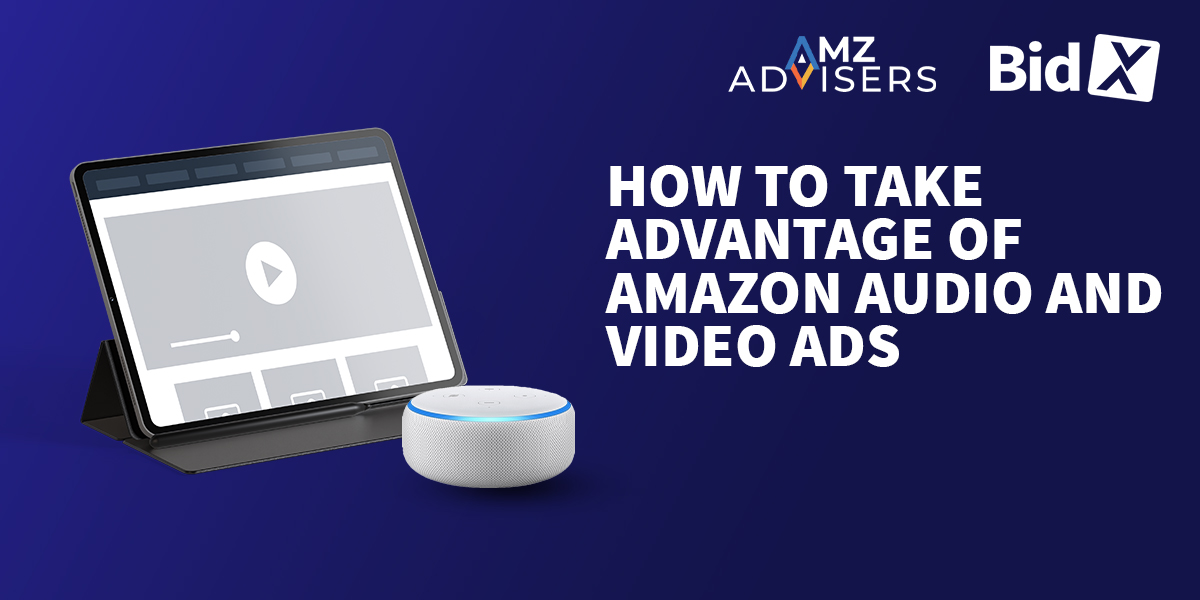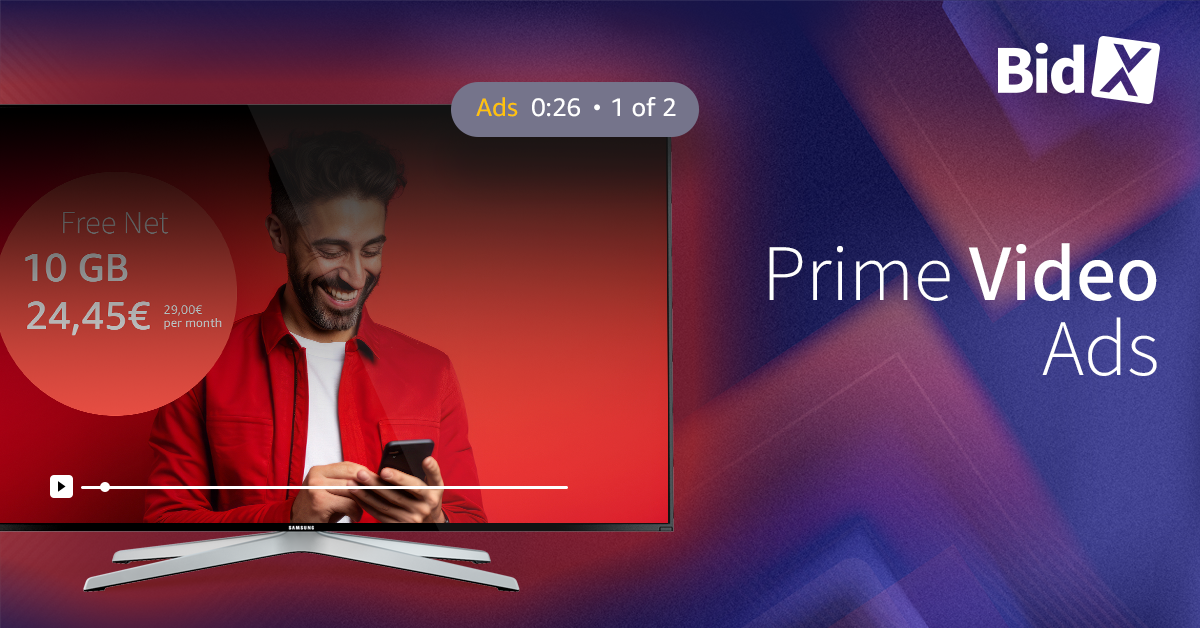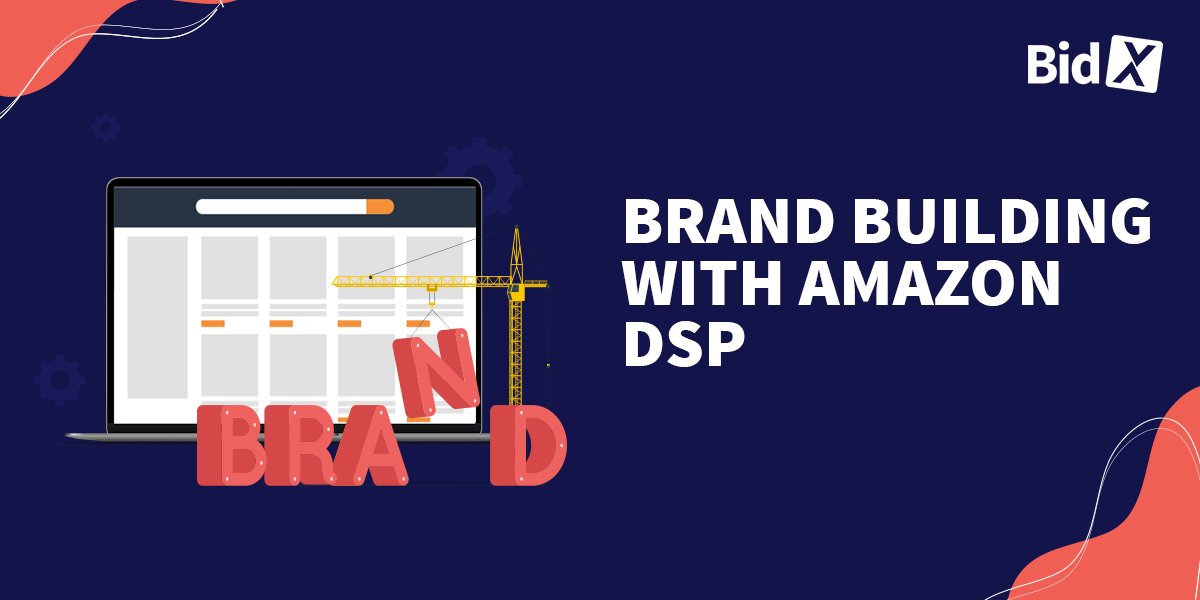How To Create an Effective Video Marketing Strategy (With Amazon DSP)
Video marketing has proven itself a powerful tool for companies and sellers looking to boost their sales. Needless to say it's one of the most popular forms of content marketing, with 91% of businesses using video ads to engage with customers and drive conversions. Research also shows that 64% of consumers are likelier to purchase after watching a video.
But what exactly is video marketing and why should you invest in it? This article will answer these questions and more, as well as provide an overview of video marketing with Amazon's Demand-Side Platform (DSP).
What Is Video Marketing?
Video marketing is the production and distribution of live-motion videos to advertise a product, service, or cause. (These may feature animation, live-action footage, or both.) Examples of video content include product tutorials and demos, influencer reviews, customer stories, and more.
The goal is to get your content seen and shared by the right audience at the right time. This includes leveraging Amazon's proprietary devices, such as Fire TV, as well as Amazon-owned websites and platforms like IMDb, Prime Video, and Twitch to reach millions of viewers.
Why Is Video Marketing Important?
Marketers have long recognized the power of video advertising to grab the customer's attention and motivate them to act. So it's no surprise that 82% percent of global internet traffic comes from videos, up from 73% over recent years.
Part of the reason for this is that videos — especially short ones — demand little effort from users to engage and entertain them. Compare this to a lengthy blog post or webpage that requires a lot of reading, and it’s easy to see why videos are such a popular form of content!
Additionally, videos can be extremely useful for showing (rather than telling) how a particular product or service works. And if they’re high quality, they can be far more memorable than text-based content.
Benefits of Video Marketing
In addition to the advantages mentioned above, video marketing offers a range of benefits, including:
- Expanding Your Reach: Videos can be shared across multiple social and programmatic channels, expanding your audience reach exponentially.
- Engaging With Customers: Research has shown that video content is highly effective in capturing the viewer's attention and driving engagement.
- Showcasing Your Products: An effective product demo showcases how your product can work for your customers.
- Improving SEO Rankings: Videos have been found to boost on-page engagement and improve your website’s search engine rankings.
- Establishing Authority: Videos are a great way of establishing yourself as an expert in your field and building trust with potential customers.
Why Is It Important To Have A Video Marketing Strategy?
Having a well-thought-out video advertising strategy is essential for success. Without one, it’s easy to lose focus and end up investing in unnecessary activities or content that won’t help your business grow.
A good video marketing plan should include an analysis of your target audience, budget, and timeline, as well as a plan to measure and track performance. It should also include details of the video content itself, such as the message, length, and type (e.g. product demonstration or how-to tutorial).
How To Create An Effective Video Marketing Strategy
The key to creating an effective video marketing campaign is to have a clear understanding of your objectives and target audience.
The gold standard is to win over viewers within the first few seconds of viewing, so they are more likely to continue watching until the end.
To achieve this, it's important to use content marketing tactics unique to video, such as closed-captioning, to ensure accessibility in any environment.
Let's break it down:
- Objectives: What’s the goal of your video marketing campaign? Do you want to increase brand awareness, generate leads, or drive conversions? Knowing what you want to achieve will help you determine the type of content you need to create.
- Understand Your Audience: The key to any successful marketing strategy is to understand who your target audience is and what kind of content they would like to see. For example, humorous videos may appeal to younger viewers while older audiences may prefer straightforward tutorials.
- Consider Your Reach: Think about whether you need a global or local approach. Do you want to reach people in the US, EU, or worldwide?
- Use High-Quality Video Content: High-quality visuals and audio are essential for engaging and converting viewers. Invest in a good camera, microphone, and lighting to ensure that your videos look and sound professional.
- Use Text or Captions: Making sound optional has become a popular video marketing strategy, as viewers may watch in public settings where sound is inconvenient or not allowed.
- Keep It Short: Research suggests that the average attention span is declining, so keeping videos short and sweet will help keep viewers engaged until the end. With the right content, you can even get your message across in just five seconds!
Pro tip: Once you’ve created a video that conveys your brand message engagingly, you can reach millions of customers by leveraging Amazon's unique supply of channels, even if you don’t sell directly on Amazon (also known as "non-endemic" selling).
Video Marketing With Amazon DSP
Both endemic and non-endemic sellers on Amazon can benefit from the Demand-Side Platform to advertise their products and services.
To be clear, this is different from Sponsored Brand Video Ads, which are used to target customers who are browsing products directly on Amazon. These videos typically appear in the search results, about a quarter of the way down the page.
By contrast, Amazon DSP-powered (or "ASDP") video ads are typically used to target customers outside of Amazon’s platform.
Where Can You Display Video Ads Using the ADSP?
In the DSP, video ads are usually displayed within video content, specifically in-stream video format. For example, a pre-roll ad that is played before the actual video content starts.
These video ad placements are available:
- On Amazon devices such as Fire tablet, Fire TV, etc.
- On Amazon's proprietary websites like IMDb, Goodreads, etc.
- On Amazon apps and services such as Prime Video, Twitch, Freevee, etc.
- On Amazon Publisher Services broadcaster and network apps, including live sporting events
The two main types of video ads are skippable and non-skippable. Skippable ads — also known as Online Video Ads — give viewers the option to skip an ad after three seconds or so.
Non-skippable ads, on the other hand, have to be watched in full before a viewer can access their desired video content. These are called Over-the-Top ads and typically last between six and 15 seconds.
Benefits of Using Amazon DSP for Your Video Marketing
Both Sellers on Amazon as well as Advertisers who don't sell directly on Amazon can benefit from the DSP by reaching millions of customers through video ads placed elsewhere.
Another benefit is the ability to target customers using Amazon's vast proprietary data. This includes targeting customers with similar interests and purchase behaviors. The DSP can also display video ads through retargeting to viewers who may have already interacted with your product. Yet another perk is the ability to measure the success of your campaigns using the DSP's robust analytics.
In The End...
Any advertiser who is looking to reach their target audience through video should consider using Amazon's Demand-Side Platform.
At BidX, we provide services to help businesses succeed with their video marketing efforts on the Amazon DSP. Our team of experts can help ensure that your videos are seen by the right audience at the right time — on or off Amazon — and that you’re not spending on unnecessary campaigns.
How do we do it? Drop us a line and we'll be happy to explain!






